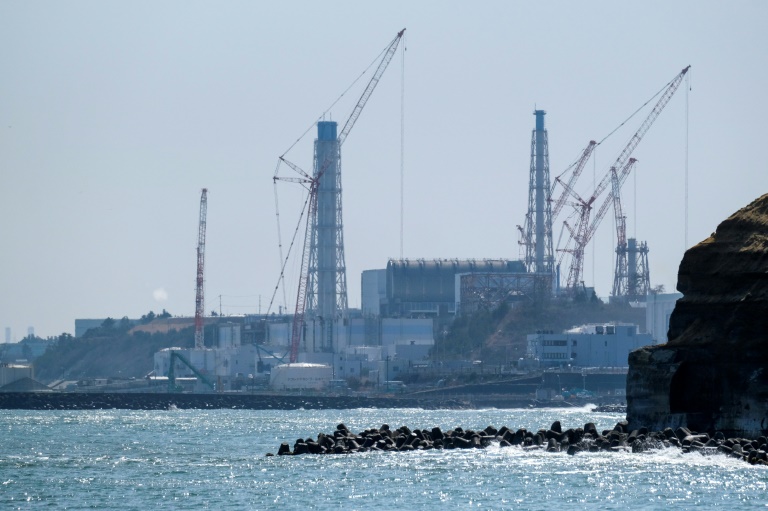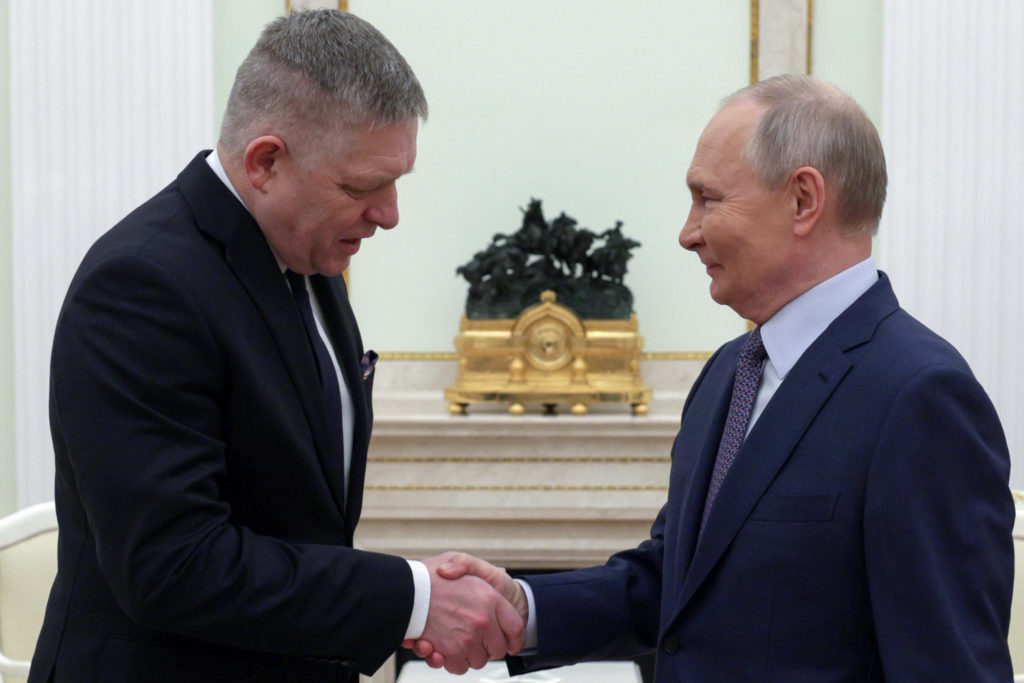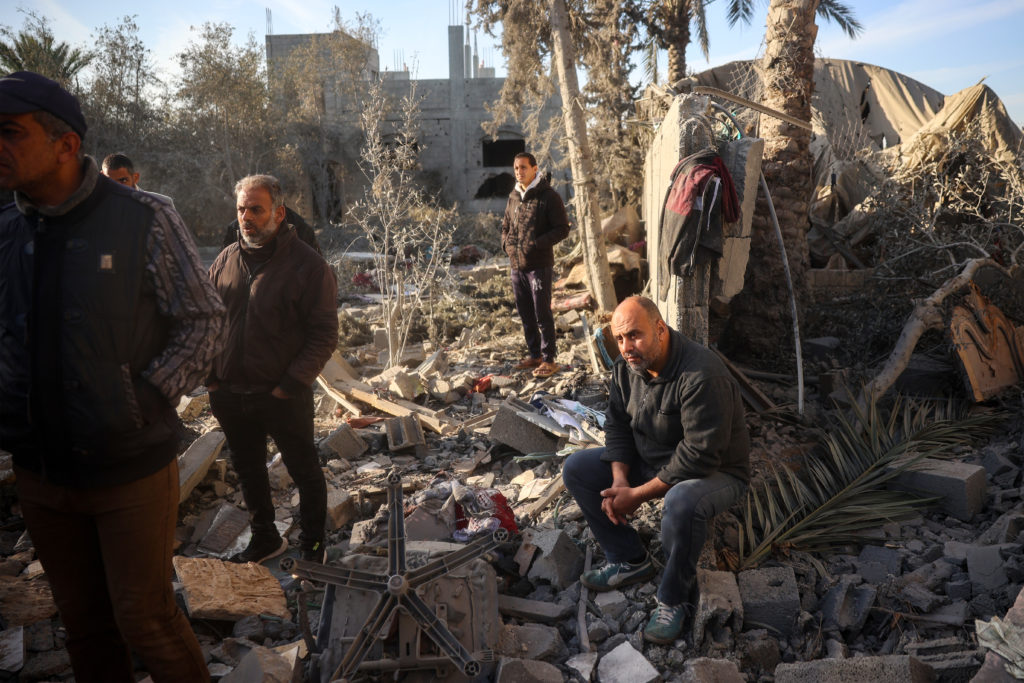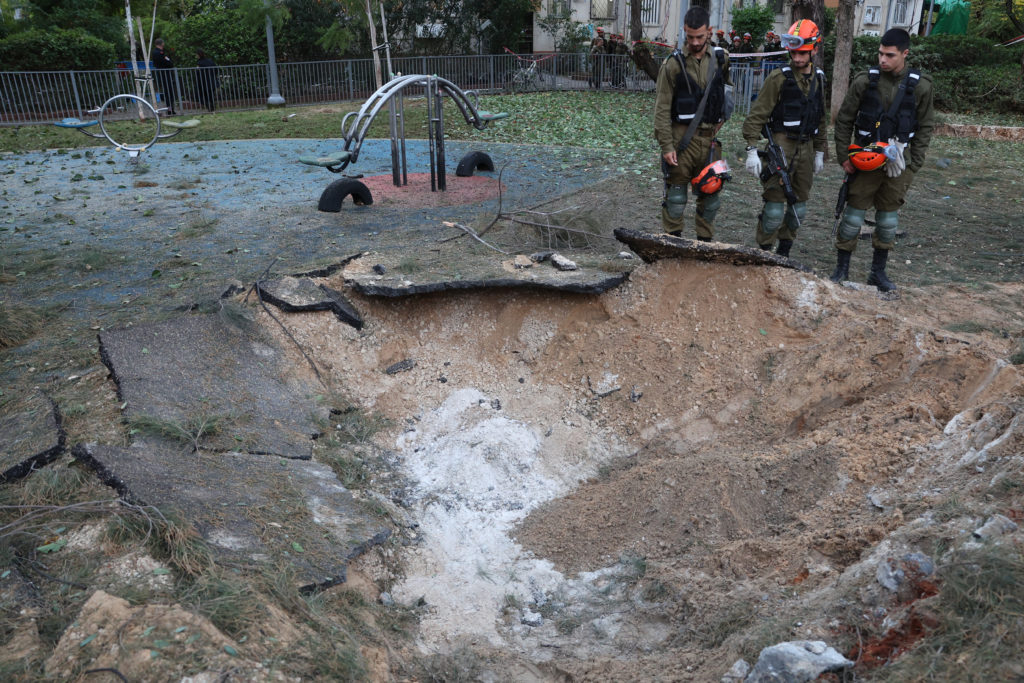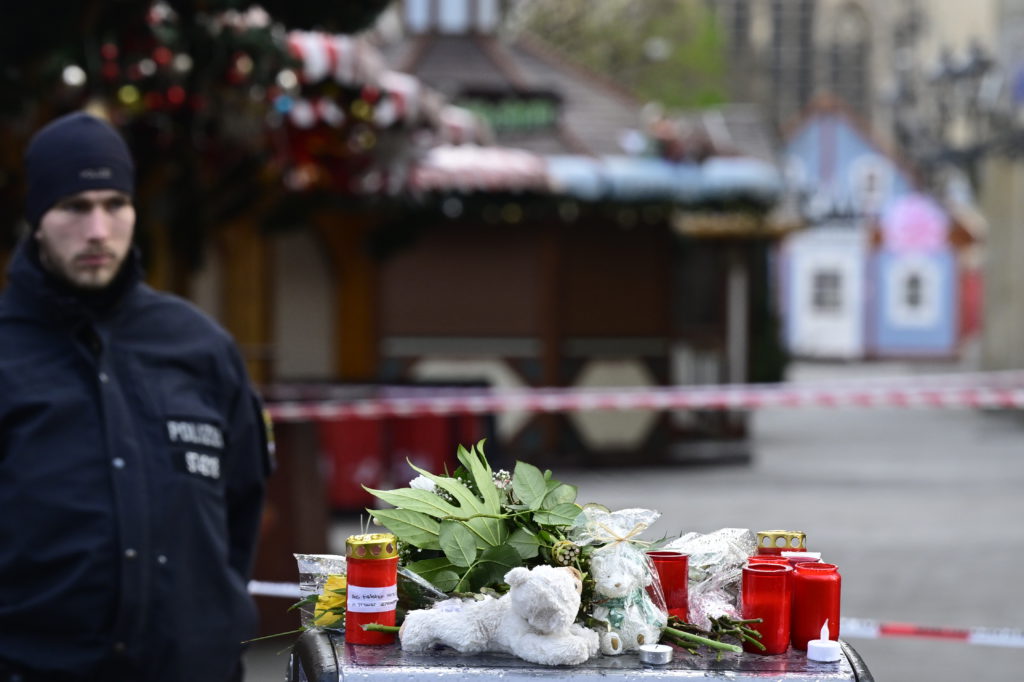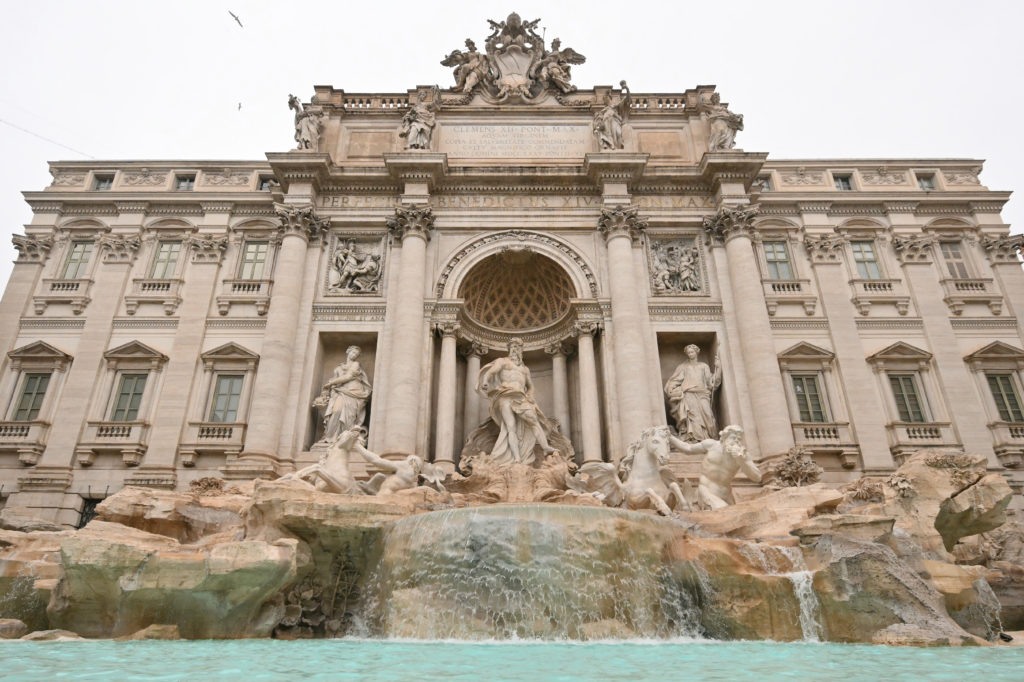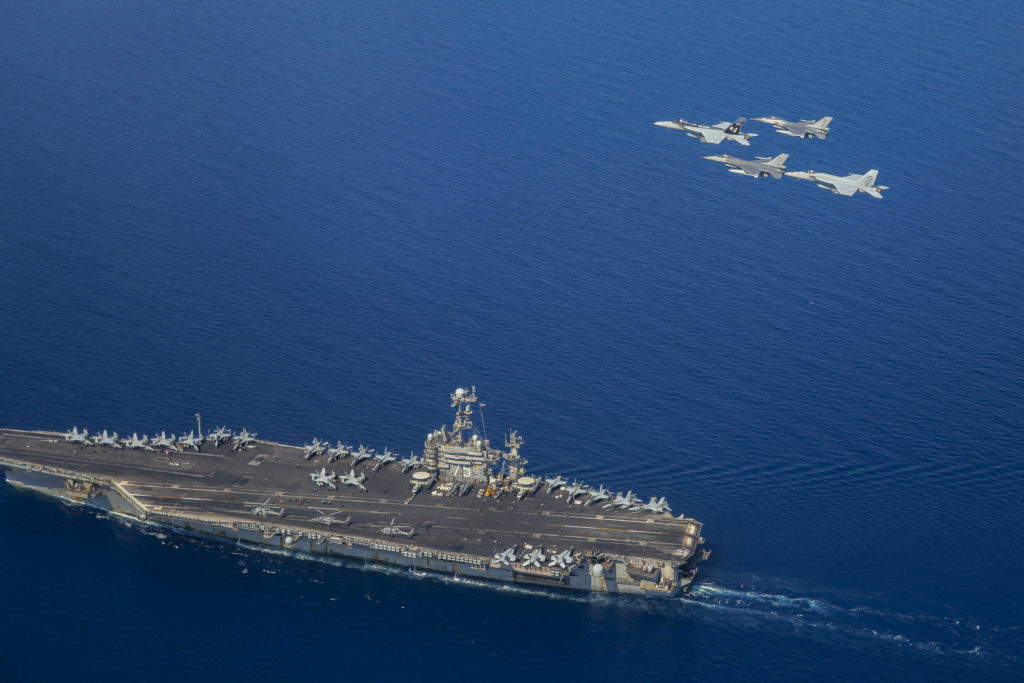Operators of Japan’s stricken Fukushima nuclear plant unveiled plans Wednesday to construct an undersea tunnel to release more than a million tonnes of treated water from the site into the ocean.
Plans for the one-kilometre (0.6-mile) tunnel were announced after the Japanese government decided in April to release the accumulated water in two years’ time.
Ministers say the release is safe because the water will have been processed to remove almost all radioactive elements, and will be diluted.
But the April decision triggered a furious reaction from neighbouring countries, and fierce opposition from local fishing communities.
Tokyo Electric Power Co (TEPCO) said it will start building the tunnel by March 2022 after carrying out feasibility studies and obtaining approval from authorities.
It will have a diameter of about 2.5 metres (eight feet) and will stretch east into the Pacific from tanks at the plant containing around 1.27 million tonnes of treated water.
That includes water used to cool the plant, which was crippled after going into meltdown following a huge 2011 tsunami, as well as rain and groundwater that seeps in daily.
An extensive pumping and filtration system extracts tonnes of newly contaminated water each day and filters out most radioactive elements.
But fishing communities fear releasing the water will undermine years of work to restore confidence in their seafood.
The plant’s chief decommissioning officer Akira Ono said Wednesday that releasing the water through a tunnel would help prevent it flowing back to the shore.
“We will thoroughly explain our safety policies and the measures we are taking against reputation damage, so that we can dispel concerns held by people involved in fisheries” and other industries, Ono told reporters.
In a statement, TEPCO said it was ready to pay compensation for reputation damage related to the release.
TEPCO also said it would accept inspections by the International Atomic Energy Agency on the safety of the release. The IAEA has already endorsed Japan’s decision.
Prime Minister Yoshihide Suga has called disposing of the water an “inevitable task” in the decades-long process of decommissioning the nuclear plant.
Debate over how to handle the water has dragged on for years, as space to store it at the site runs out.
The filtration process removes most radioactive elements from the water, but some remain, including tritium.
Experts say the element is only harmful to humans in large doses and with dilution the treated water poses no scientifically detectable risk.

